Popular cinema is a particularly potent political and cultural document in highly diverse societies, where the audiovisual can cut across barriers of language and region, cultural and class. This book explores the extent to which Indian popular cinema offers a fresh view of South Asian public life while being a distinctive response to the new political presence of the changing culture of the urban middle classes in the region. The book works with the stretched meaning of the political that such cinema has produced and the distinctive style of social criticism it has introduced. Cinema in Indian has always been a play of middle-class sensibilities and fantasy life. And, this middle class now seems to have come into its own. From the time of Indira Gandhi, the political agendas of political parties and leaders have been increasingly shaped by middle-class consciousness and popular cinema has become for this both an ideological phalanx and a major vehicle of self-expression. The media-exposed public in turn has become more accessible through the mythic structures and larger-then-life figures of popular cinema. The medium has become a new, more powerful language of public discourse. This book, like its companion volume The Secret Politics of our Desires, is a product of this awareness. It used Indian popular cinema to reexamine the relationships among society, politics, and culture. The six essays in it, mostly by contributors from outside the world of film studies and film criticism, span topics such as showmanship and stylization of images; the human characterization of abstract concepts such as good and evil; the open-ended, episodic and fragmented nature of the narrative, cemented together through devices such as family ‘history’ and ‘filial love’; and the reemergence of ‘Hindustani’ as a secular language of film. The essays also cover popular cinema’s fear of using comedy when dealing cinema’s fear of using comedy when dealing with the legitimacy and authority of the state; the ‘ideal’ femininity conjured by Lata Mangeshker’s voice; carnivalesque that shape Guru Dutt;s comedies. This is a book addressed to students and scholars of South Asian politics, society and cultures, and to journalists and general readers interested in Indian cinema.
Fingerprinting Popular Culture: The Mythic and the Iconic in Indian Cinema
In stock
Free & Quick Delivery Worldwide
reviews
Bibliographic information
Title
Fingerprinting Popular Culture: The Mythic and the Iconic in Indian Cinema
Author
Edition
1st ed.
Publisher
ISBN
0195679180
Length
xxvii+197p., Notes; References; Index; 23cm.
Subjects


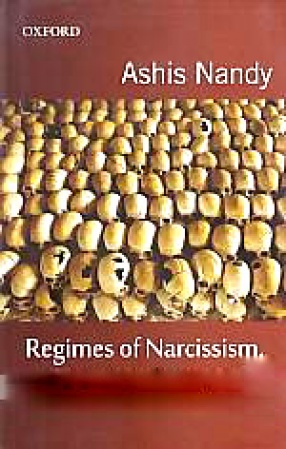

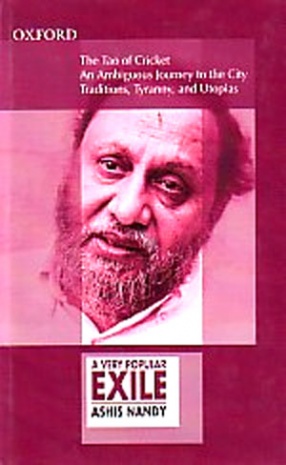
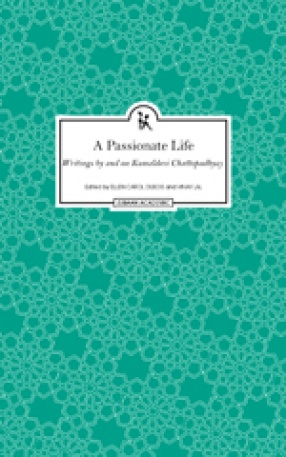
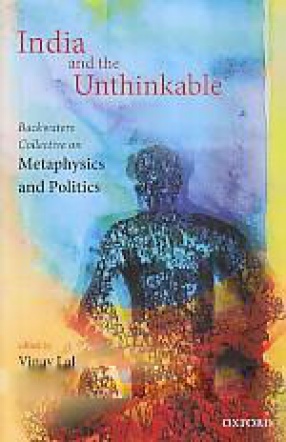

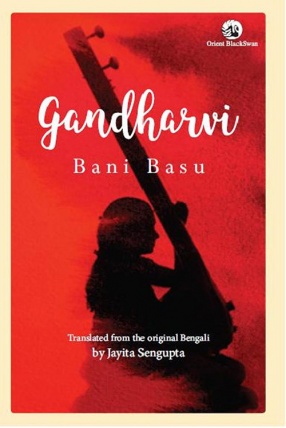
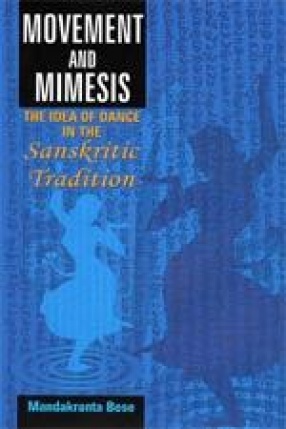
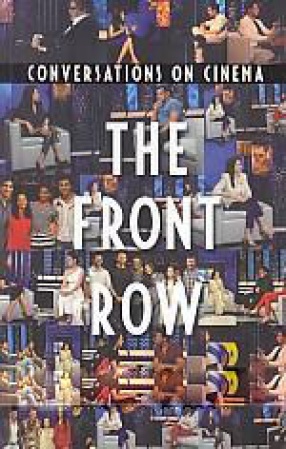
There are no reviews yet.